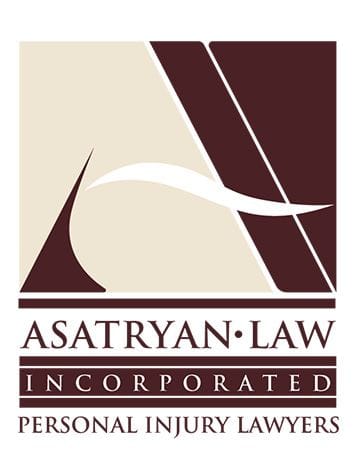Driverless cars are the future, and California is at the cutting edge of developing the new technology. Companies leading the charge include Tesla, Waymo and Uber – all based in California.
As self-driving vehicle technology evolves, we will all be interacting with these cars on a regular basis. That poses a whole new legal question: When no one is behind the wheel, who’s at fault?
Current laws
Few laws regulating self-driving cars exist, though the California Department of Motor Vehicles rolled out permits for autonomous vehicles in April 2019. The permits come in three tiers: testing with a driver; testing without a driver; and deployment for when the vehicles ready for consumers.
In order for a company to qualify for driverless testing, it first must complete testing with a driver and prove a certain measure of safety standards. The standards for deployment are even stricter. Companies must prove that cars can adequately respond to roadway situations, meet guidelines, detect cyberattacks and more.
What’s not addressed by California law – or the laws of any other state, for that matter – is who is at fault in the case of an accident. The only state that has even broached the issue is Michigan, which limits manufacturer liability for accidents if third-party automated vehicle technology is equipped in the car.
A September 2016 report by the U.S. Department of Transportation on automated vehicles recommended states develop laws regarding liability and insurance for self-driving vehicles. It also predicted future challenges, like the difficulty in crossing state lines with a driverless vehicle if the laws differ.
Level of autonomy
The level of autonomy in which vehicle is operating at the time of the crash could be another factor to determine liability. Vehicle-standards organization SAE International define six levels of autonomy for driverless vehicles
- SAE Level 0: Human driver controls everything
- SAE Level 1: Automated system sometimes assists human driver
- SAE Level 2: Vehicle's automated system conducts some driving tasks, while human monitors
- SAE Level 3: Automated system conducts some driving tasks and monitors roadways in some instances, but human must be ready to take control
- SAE Level 4: Full autonomy and human need not take control, but can only operate in select environments
- SAE Level 5: Complete automation, performing all the tasks a human could
What’s next?
We are on the cusp of a new era of transportation. While technology rushes ahead, governments need to catch up and build laws to interact with our tech-driven future.



Comments Loading...
Leave a comment